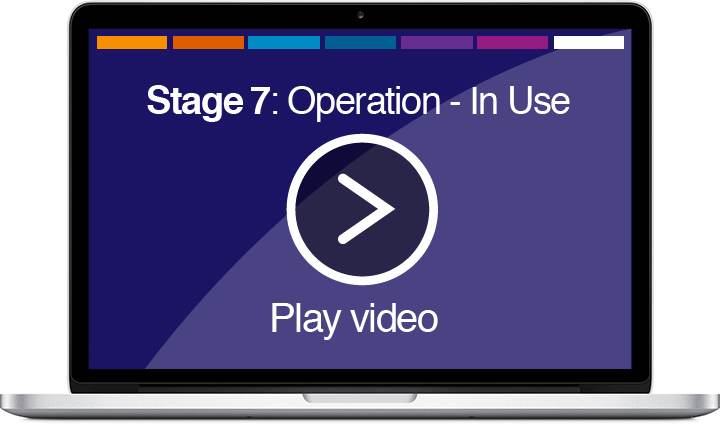At this juncture the project will have moved into the operational stage and the hard and soft facilities management services will commence.
In the operational and in-use stage the Asset information model (AIM) is used to help manage, maintain and operate the asset using data and information that relates to the asset. This will be aligned to the organization’s asset management system.
PAS1192-3 states that the purpose of the AIM is to be the single source of approved and validated information related to the asset(s). This includes data and geometry describing the asset(s) and the spaces and items associated with it, data about performance of the asset(s), supporting information about the asset(s) such as specification, operation and maintenance manuals, and health and safety information.
Section 4.6.4 of PAS1192-3 highlights the processes and procedures for an organisation to maintain an AIM through a common data environment. It is important that the Employer has a strategy to maintain their AIM during the operational stage. This should consider the correct resources, skills and software systems being put in place to maintain the AIM effectively.
Aftercare is key to this stage and post-occupancy evaluations should be taken at agreed mile-stones to collect and compare actual operation performance against planned targets, assess project outcomes and feedback lessons learned.







